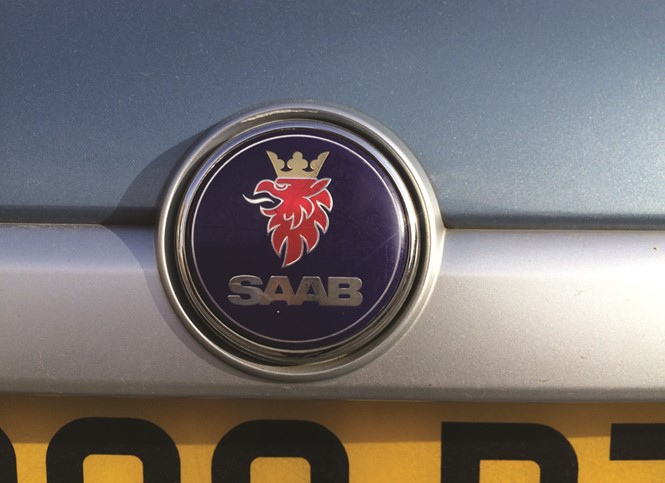Rewind: Saab

Once a reliable automaker and a flagship Swedish brand, now reinvented by a Chinese investor as NEVS, could a brand repositioning have saved Saab from bankruptcy?
Nick Moffat, creative director, Cubo
What’s a Mercedes? Desirable. What’s a VW? Reliable. What’s a Volvo? Safe. But what’s a Saab?
All the great car brands have something they’re instantly known for. And that’s where Saab always faltered. Was it idiosyncratic? Swedish? The funny ones with the curvy backs? We never really knew.
Years ago, I went to a BMW brand workshop. To get us in the mood, the planners examined the personalities of the owners of various expensive family cars. They’d given them disposable cameras and asked them to photograph their beloved vehicles.
Saab was the wildcard. The outsider brand, owned by eccentrics. Where other owners took simple hero shots of the car – outside the house, on a journey, with the family – Saab owners took shots of their cars at strange angles. They were on the floor, focussing on strange details. They were oddballs.
Is this where Saab fell down? People always liked them, and they’re good cars, but ultimately they were too idiosyncratic to have real success. Their branding and advertising never had a big idea underlying it all, so consumers didn’t get the kudos of an Audi or the reassurance of a Ford.
The one aspect that could have made them really different – the fact that they were owned by a company that also made fighter jets – did appear in ads, but was probably a poisoned chalice too. It’s a shame, as the classic Saab 900 Turbo is one of my favourite cars. And I’m really not a petrolhead. Moreover, the 1998 model is one of the few cars ever that looked good in yellow. Now that’s an achievement.
Basil Cheung, brand manager – strategy & campaigns, UberEats
Frankly speaking, Saab Automobile had been certified dead since the transformation of the company into a wholly owned subsidiary of GM in 2000. Like other Nordic brands such as Ericsson and Nokia, the business decision resulted in Saab selling its soul for more resources. However, as Saab focused on product innovation only, it became a dispensable figurehead of the mother company. To maintain a bond with customers, brands cannot purely rely on the product itself. Unless it is the guaranteed pioneer in the category, it should build an emotional hook to further engage customers.
You cannot deny the truth that people can barely describe Saab in one single word. Rather than ‘What car am I driving?’ customers today are only concerned about, ‘What makes a car fun to drive?’ People need a statement from the brand, something which Saab never had during its lifetime. If it could define itself in an initial stage, it could maybe have lived longer, even though it could no longer produce innovative vehicles.
Tesla changes the consumption habit. More importantly, it projects a new image of driving. When the technology has reached the certain standard, vehicles are harder to make unique, and branding is the differentiation point. Winter is coming; Saab is not the only victim in this revolution.
Preston Junger, VP – strategic partnerships, Wide Open Media
My grandfather immigrated from Sweden to New York in the 1920s, so Swedish culture and innovation has always been top-of-mind for me. Saab was always a brand I personally revered not only for the quality vehicle it once produced, but the high level of excellence exemplified by Swedish engineering and companies like Saab. For most of my childhood growing up in a small town in the suburbs of Burlington, Vermont, I clearly remember the iconic Saab. Even James Bond preferred the Saab Turbo in many of his action-packed adventures.
While in college, my then-girlfriend, now wife, and I owned a 1994 Saab 900, which we called ‘Bob the Saab.’ It was one of the most enjoyable vehicles to drive and we journeyed to ski mountains, road trips and more with Bob. This story isn’t unique and, during the Saab era, many people had their own Saab stories, which became a component of the Saab brand and what it represented.
With a sleek design, minimalist approach and high safety ratings, it is no surprise how popular the Saab became, and why General Motors took over the brand with the intentions of fostering its growth. Unfortunately, as consumer interest grew, the company itself was facing uncertain times from the late 1990s onward.
Saab may no longer exist, but the stories we share of our Saab will always be a part of automotive history and culture.












